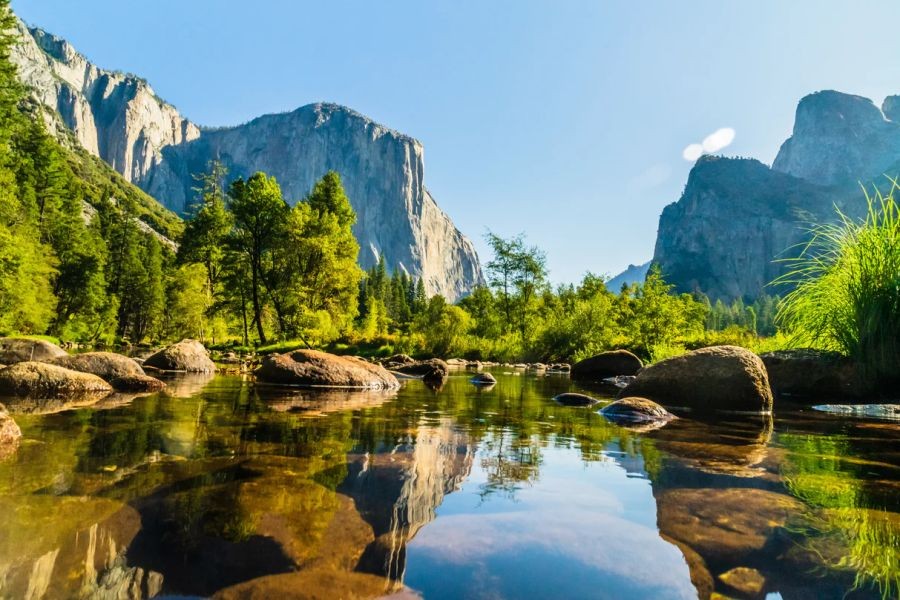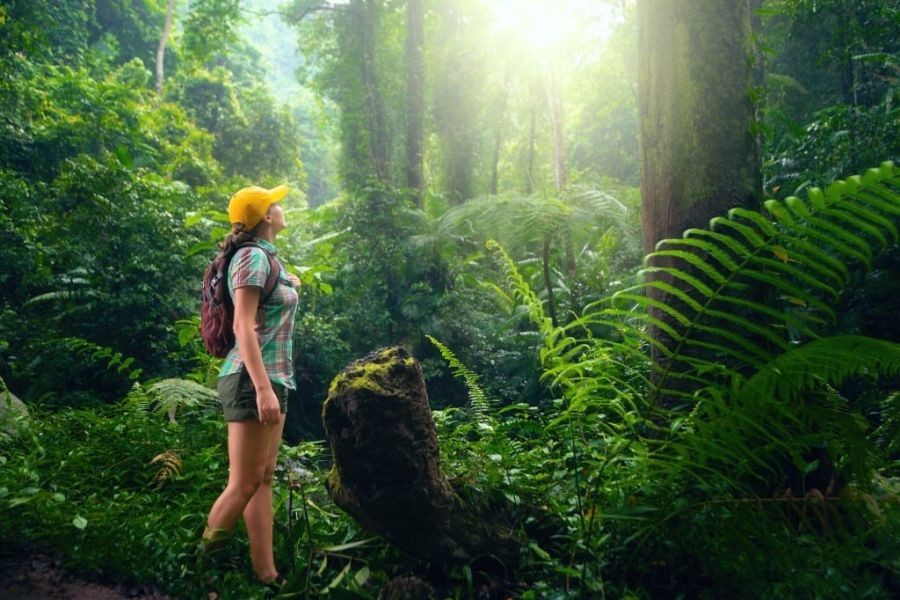Introduction Imagine a future where Australia’s national parks are not just preserved but thrive as vibrant ecosystems, balancing ecological integrity with tourism and innovation. As we look towards 2050, these parks are set to evolve, aligning with Australia's sustainable goals and environmental policies. This evolution is not only vital for conservation but also for Australia's economy, contributing significantly to tourism and local employment. The Australian Bureau of Statistics (ABS) reported that national parks contributed over $23 billion to the economy in 2020, highlighting their significance. Let's explore how these natural treasures will transform in the coming decades. ### Technological Integration in Park Management
Innovative Technologies Enhancing Conservation Efforts
Australia is at the forefront of integrating technology in national park management. Drones, artificial intelligence (AI), and Geographic Information Systems (GIS) are now pivotal in monitoring wildlife and managing resources. For instance, AI-powered systems can analyze data from camera traps to track animal populations accurately, providing insights that drive conservation policies.
Case Study: How AI is Revolutionizing Kakadu National Park
**Problem:** Kakadu National Park faced challenges in monitoring its vast biodiversity over its 19,804 square kilometers. **Action:** The park deployed AI technology to automate wildlife surveillance, utilizing machine learning algorithms to identify species from images captured by drones and camera traps. **Result:** This technology enhanced data accuracy by 30%, reducing manual labor costs by 25%. **Takeaway:** AI and machine learning significantly improve park management, offering scalable solutions for conservation efforts across Australia. ### Economic Impacts and Opportunities
Boosting Tourism and Local Economies
National parks are vital to Australia's tourism industry. With the Australian government’s commitment to the Tourism 2020 strategy, aiming for sustainable growth, parks are poised to attract more visitors. This growth will create more job opportunities, especially in rural areas, boosting local economies. According to Tourism Research Australia, domestic visitation to national parks increased by 14% in 2022. With initiatives like eco-friendly accommodation and digital tour guides, the potential for growth is significant, contributing to both local and national economic health. ### Sustainability and Environmental Challenges
Balancing Conservation and Human Activity
The challenge of preserving national parks while accommodating increasing visitor numbers is significant. Policies such as the Australian Government’s Net Zero by 2050 plan emphasize reducing human impact on these ecosystems. Efforts include sustainable infrastructure development and promoting eco-tourism.
Case Study: Sustainable Practices in Great Barrier Reef Marine Park
Problem: The Great Barrier Reef Marine Park faced coral bleaching and ecosystem degradation due to climate change and tourism. **Action:** Authorities implemented strict regulations on tour operators, enforced limits on visitor numbers, and invested in coral restoration projects.
Result: There was a notable reduction in coral damage, and tourism revenue increased by 15% due to the park’s enhanced reputation for sustainability.
Takeaway: Balancing ecological preservation with tourism can lead to both environmental and economic benefits, setting a precedent for other parks.
Regulatory Insights and Future Outlook
Adapting Policies for Future Challenges
As national parks evolve, so must the policies governing them. The Australian Competition & Consumer Commission (ACCC) and the Australian Prudential Regulation Authority (APRA) play key roles in ensuring compliance with environmental standards and promoting sustainable practices. Future regulations are likely to focus on enhancing sustainability, promoting indigenous involvement, and leveraging technology for conservation. ### Common Myths & Mistakes
Debunking Myths about National Park Conservation
Myth: "National parks are solely for wildlife protection."
Reality: Parks also support education, recreation, and cultural preservation, contributing significantly to local and national economies.
Myth: "Technology has no place in conservation."
Reality: Technologies like AI and drones are crucial for effective resource management and biodiversity monitoring.
Myth: "Human activities always harm national parks."
Reality: With proper management and sustainable practices, tourism can coexist with conservation goals.
Final Takeaways
Fact: National parks contribute over $23 billion to the Australian economy (Source: ABS).
Strategy: Implementing AI and drones can enhance biodiversity monitoring and resource management.
Mistake to Avoid: Ignoring technological advancements in conservation efforts can lead to missed opportunities for improvement.
Pro Tip: Engaging indigenous communities in park management can provide valuable cultural insights and improve sustainability.
Future Trends & Predictions
By 2050, Australia’s national parks will be models of sustainable tourism and conservation, driven by innovative technology and policy advancements. With increased global awareness of environmental issues, parks will likely see a surge in eco-tourism, requiring adaptive management strategies to balance visitor experience with ecological preservation.
Conclusion
Australia's national parks are set for a transformative journey by 2050, integrating technology, boosting local economies, and adhering to stringent environmental policies. These changes promise a future where conservation and human activity coexist sustainably. What are your thoughts on the evolution of Australia’s national parks? Join the conversation below and share your insights!
People Also Ask (FAQ)
How do national parks impact Australia's economy?
National parks contribute significantly to tourism, generating over $23 billion annually, and support local jobs and businesses.
What are the biggest misconceptions about national parks?
A common myth is that parks are only for wildlife protection. In reality, they also support recreation, education, and cultural preservation.
What technological advancements are aiding national park management?
Technologies like drones, AI, and GIS are enhancing wildlife monitoring, resource management, and visitor engagement.
Related Search Queries
- Future of national parks in Australia
- Sustainable tourism in Australia 2050
- AI in wildlife conservation Australia
- Economic impact of national parks Australia
- Indigenous involvement in park management
- Environmental policies for national parks
- Technology in conservation efforts
- Eco-tourism growth in Australia
- National park management strategies
- Australia’s Net Zero by 2050 plan






























